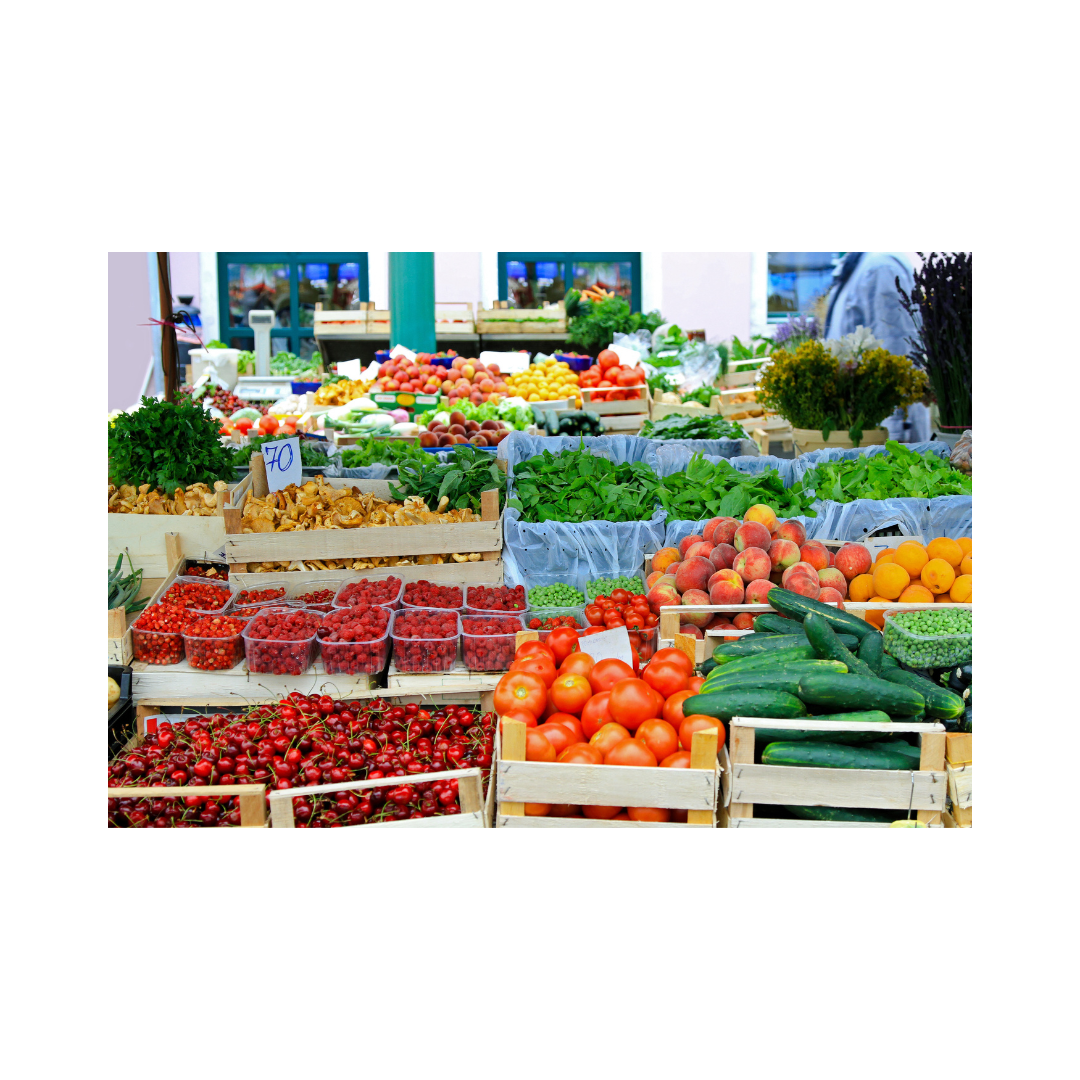Eating Local
go.ncsu.edu/readext?873163
en Español / em Português
El inglés es el idioma de control de esta página. En la medida en que haya algún conflicto entre la traducción al inglés y la traducción, el inglés prevalece.
Al hacer clic en el enlace de traducción se activa un servicio de traducción gratuito para convertir la página al español. Al igual que con cualquier traducción por Internet, la conversión no es sensible al contexto y puede que no traduzca el texto en su significado original. NC State Extension no garantiza la exactitud del texto traducido. Por favor, tenga en cuenta que algunas aplicaciones y/o servicios pueden no funcionar como se espera cuando se traducen.
Português
Inglês é o idioma de controle desta página. Na medida que haja algum conflito entre o texto original em Inglês e a tradução, o Inglês prevalece.
Ao clicar no link de tradução, um serviço gratuito de tradução será ativado para converter a página para o Português. Como em qualquer tradução pela internet, a conversão não é sensivel ao contexto e pode não ocorrer a tradução para o significado orginal. O serviço de Extensão da Carolina do Norte (NC State Extension) não garante a exatidão do texto traduzido. Por favor, observe que algumas funções ou serviços podem não funcionar como esperado após a tradução.
English
English is the controlling language of this page. To the extent there is any conflict between the English text and the translation, English controls.
Clicking on the translation link activates a free translation service to convert the page to Spanish. As with any Internet translation, the conversion is not context-sensitive and may not translate the text to its original meaning. NC State Extension does not guarantee the accuracy of the translated text. Please note that some applications and/or services may not function as expected when translated.
Collapse ▲This time of the year is the perfect opportunity to find fresh local produce! There are many common misconceptions about the health benefits of local foods. Today I’m going to share a piece of an article written by our local foods team at NCSU. You can find the full article in our Local Food Systems: Clarifying Current Research publication.
Local food system components, including farmers markets, community gardens, and other direct market opportunities, are the focus of a growing body of work seeking to enhance community health. It is important to understand that local food is not necessarily healthier than nonlocal food. Many of the health benefits associated with local food have to do with access to and consumption of fresh fruits and vegetables. A diet high in fruits and vegetables is associated with a decreased risk of heart disease and some forms of cancer. Research has shown that the existence of direct-to-consumer local food markets is associated with individual weight loss, lower rates of diabetes, and lower body mass index (BMI). It is important to note that this does not mean that local food causes better health outcomes; it is possible that communities that are already healthier are those that are also more interested in local food. Research has also shown that individuals who purchase local fresh fruits and vegetables, or grow it themselves, eat a greater variety of vegetables, consume more vegetables themselves, and report that their children eat more fresh fruits and vegetables.
Local food is also often assumed to be healthier due to freshness based on the idea that transportation from farm to consumer takes less time in direct-to-consumer supply chains. This is sometimes accurate because the nutritional quality of fruits and vegetables is often highest right after harvest and then declines with time. However, the freshness and nutritional value of a local food product have a lot to do with how a product is handled between harvest and consumption. Therefore, freshness is not just a matter of time or distance to market, but also the integrity of temperature and humidity management (known as the cold chain) from harvest to table. While farmers may have varying capacity to maintain a cold chain, local produce often has the advantage of being picked at the peak of ripeness, and local farmers can choose varieties based on taste rather than on their ability to withstand transportation.
Evaluation of farm-to-school programs that integrate local food into cafeterias and engage children with hands-on gardening, and other educational activities, have been shown to have positive impacts on their dietary behavior and health outcomes. Research shows that offering local food in school cafeterias increases students’ rates of consumption of fruits and vegetables, especially when combined with hands-on activities such as cooking, gardening, and nutrition education. Research shows that children who are involved in school gardens are more willing to try new fresh fruits and vegetables and to eat them routinely. Involvement in school gardens has also been shown to improve health outcomes (such as body mass index and blood pressure), particularly among high-risk, low-income students. In addition, student participation in school gardens has the added benefit of improving performance on science exams.
Finally, it is often assumed that local food is safer than nonlocal food. Food safety practices are a critical issue for farms of all sizes and markets. As previously stated, there are no guarantees that particular agricultural practices are more likely to be associated with a local grower compared to a nonlocal grower.
While health benefits seem to be the focus when considering local foods, one of the major benefits we find are the community benefits. This includes supporting local growers in the community, as well as providing a sense of togetherness. It’s great to support our local farmers, which in turn can help keep our dollars within our local economy.




